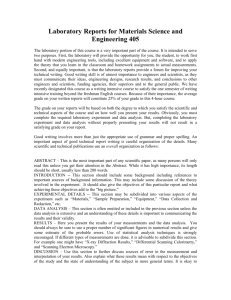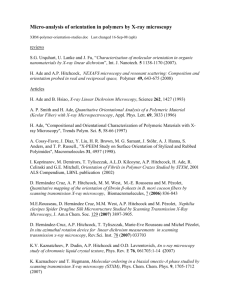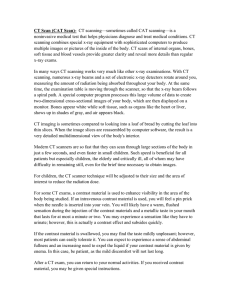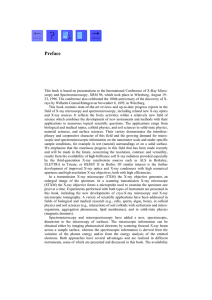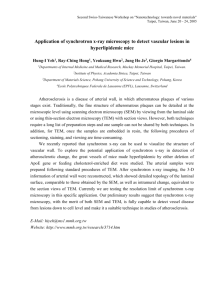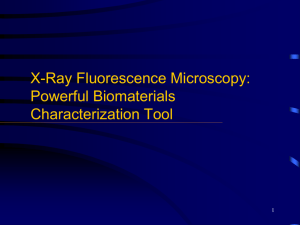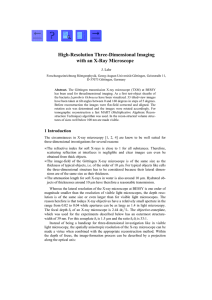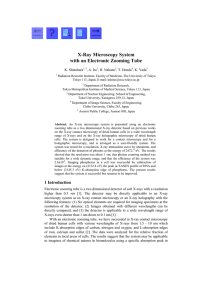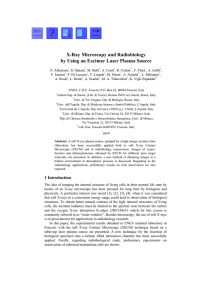Soft X-ray Scanning X-ray Microscopy: current capabilities and
advertisement
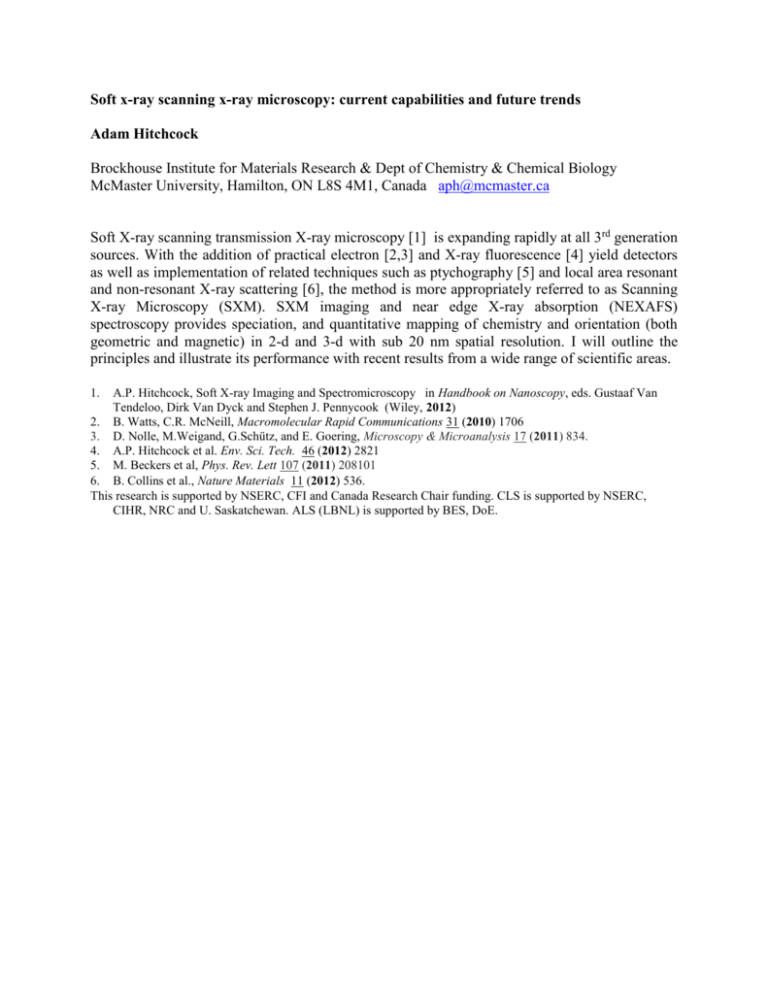
Soft x-ray scanning x-ray microscopy: current capabilities and future trends Adam Hitchcock Brockhouse Institute for Materials Research & Dept of Chemistry & Chemical Biology McMaster University, Hamilton, ON L8S 4M1, Canada aph@mcmaster.ca Soft X-ray scanning transmission X-ray microscopy [1] is expanding rapidly at all 3rd generation sources. With the addition of practical electron [2,3] and X-ray fluorescence [4] yield detectors as well as implementation of related techniques such as ptychography [5] and local area resonant and non-resonant X-ray scattering [6], the method is more appropriately referred to as Scanning X-ray Microscopy (SXM). SXM imaging and near edge X-ray absorption (NEXAFS) spectroscopy provides speciation, and quantitative mapping of chemistry and orientation (both geometric and magnetic) in 2-d and 3-d with sub 20 nm spatial resolution. I will outline the principles and illustrate its performance with recent results from a wide range of scientific areas. 1. A.P. Hitchcock, Soft X-ray Imaging and Spectromicroscopy in Handbook on Nanoscopy, eds. Gustaaf Van Tendeloo, Dirk Van Dyck and Stephen J. Pennycook (Wiley, 2012) 2. B. Watts, C.R. McNeill, Macromolecular Rapid Communications 31 (2010) 1706 3. D. Nolle, M.Weigand, G.Schütz, and E. Goering, Microscopy & Microanalysis 17 (2011) 834. 4. A.P. Hitchcock et al. Env. Sci. Tech. 46 (2012) 2821 5. M. Beckers et al, Phys. Rev. Lett 107 (2011) 208101 6. B. Collins et al., Nature Materials 11 (2012) 536. This research is supported by NSERC, CFI and Canada Research Chair funding. CLS is supported by NSERC, CIHR, NRC and U. Saskatchewan. ALS (LBNL) is supported by BES, DoE.

